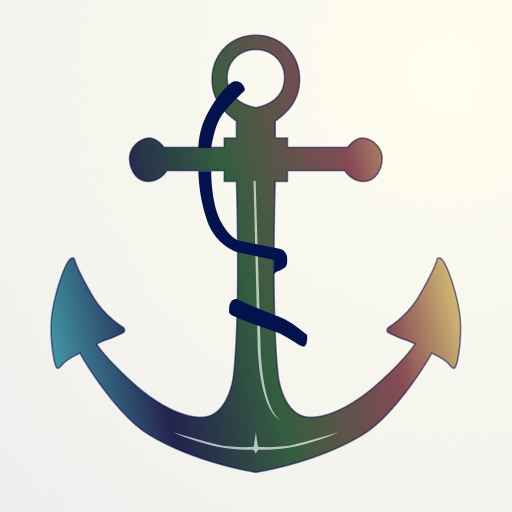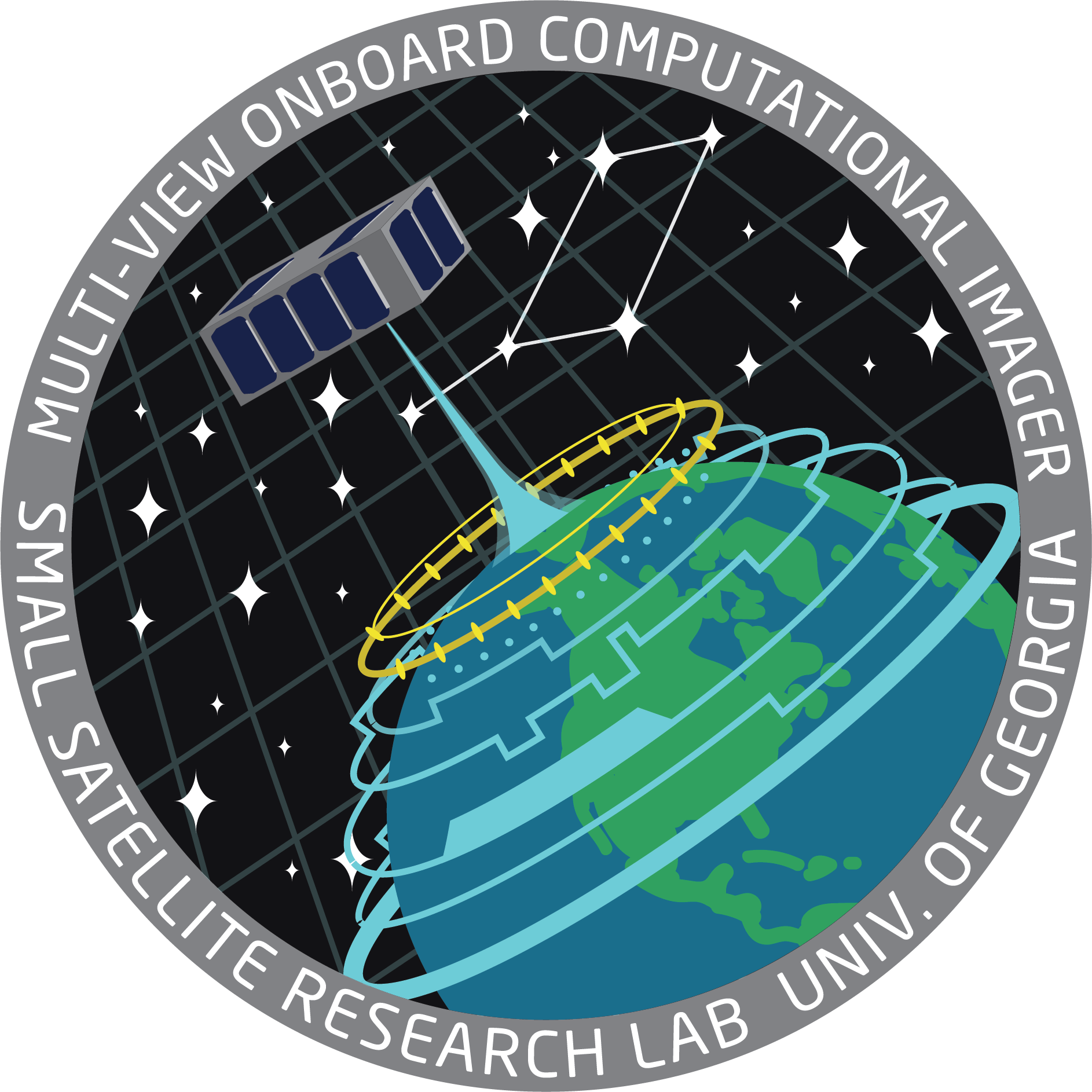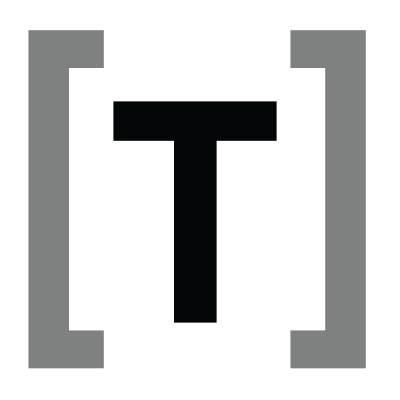Veneto

Veneto is my current open-source project, and my biggest to date - modern tooling for hypermedia APIs. It consists of a novel domain modeling language, a test client, and a developers' toolkit.
You can read my initial announcement here, or check out the public Notion workspace to learn all about it. I'm eagerly looking forward to our first release.
MOCIUGA Small Satellite Research Laboratory

MOCI is a low-earth orbit satellite that I worked on at the University of Georgia's Small Satellite Research Laboratory. The satellite would take images of the Earth's surface and atmosphere as it passes over and reconstruct 3-dimensional models of the Earth's landscape and weather patterns using novel implementations of the Structure-from-Motion pipeline.
I had the honor of being involved in this project for three years. I started off developing a suite of Python scripts that simulated the image capture process with the popular 3D modeling program Blender. Later I was on the Payload Software team, which developed the actual software that will go into flight. When I graduated in 2020, we had been planning a launch in the fall of that year, which naturally was interrupted by the pandemic. You can see the current status of the mission on the SSRL's Missions page.
gulp-mustache-layout

gulp-mustache-layout is a package I created to run a previous version of this site. You can read all about it on my first blog post!
Muze
Muze was a music streaming app that was my main passion project for many years. It primarily existed to aggregate the major streaming providers into a single app, along with their local content, so that users could enjoy and organize all of their music in one place without having to switch between apps. Moreover, I wanted to revolutionize the way people enjoy music, by reaching beyond the traditional structure of music apps and essentially fixing all of the shortcomings I've ever lamented in my own user experience with these apps. I also had great interest in improving the current state of artificially intelligent content classification and recommendation.
This project was my first iOS app, but after several years I eventually got it to the point where it was nearly a finished product. However, my ambition got the best of me, and perfect is the enemy of good - experiencing this process was the first time I truly understood scope creep. Eventually, I left university and found my time entirely consumed by my job and other activities, as one does.
I may very well pick up where this project left off, but the state of the APIs and SDKs that I used, as well as the provider terms of service, are sure to have changed dramatically. Frankly, I'm a bit afraid to even look. Nonetheless, if you're interested in collaborating on this, feel free to reach out!
hack-toml

Hack-toml is a parser for TOML written in Hack. TOML is an awesome human-readable configuration file format, and Hack was once upon a time my preferred language for web development. This project was the first parser I implemented, so it's quite a mess, but it works well. You can read more about the project on its GitHub repository.